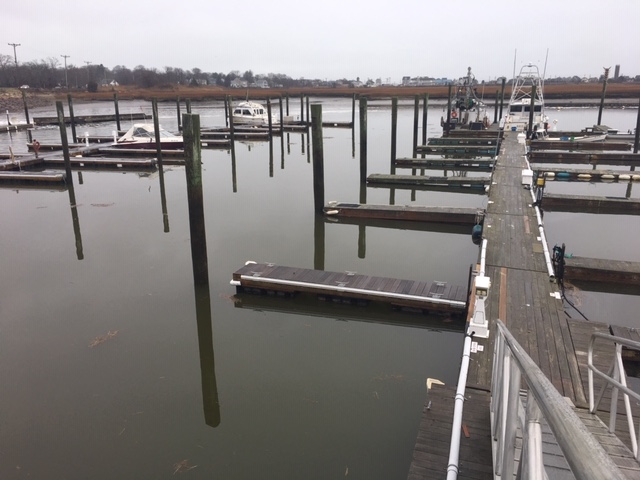Choosing construction materials carefully can reduce maintenance and reduce the toxic pollutants from being introduced into the environment and result in a very durable structure.
Treated woods like CCA (chromated copper arsenate, ACZA (ammoniacal copper zinc arsenate or ammoniacal copper arsenate (ACA) can leach metals into the water, even when properly “aged” on land and are being phased out except in commercial and industrial situations.
Preservative treated woods are effective in submerged situations but may be unnecessary for decking, railings and other topside structures. Naturally rot-resistant woods like cedar, white oak, and black locust are good choices for topside use, but still, require regular maintenance.
New, less toxic stains and weather treatment can enhance the durability and rot resistance of otherwise untreated wood. In addition, new pressure treating compounds like ACQ (ammonium copper quaternary) provides promise as durable and perhaps less toxic alternatives.
New decking material made from recycled wood products and plastic is available that is durable and almost maintenance-free. However, many of the recycled products do not have the same structural strength as wood and may require closer framing and other design considerations.
Do your own research, publications like “Marina Dock Age” have huge amounts of material that can inform your decisions. Permitting these structures involves the same local, state and federal agencies as those who permit dredging projects.

